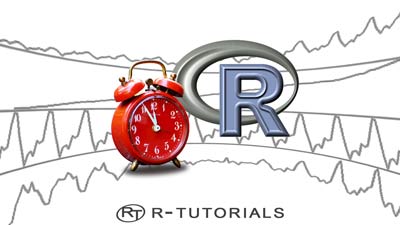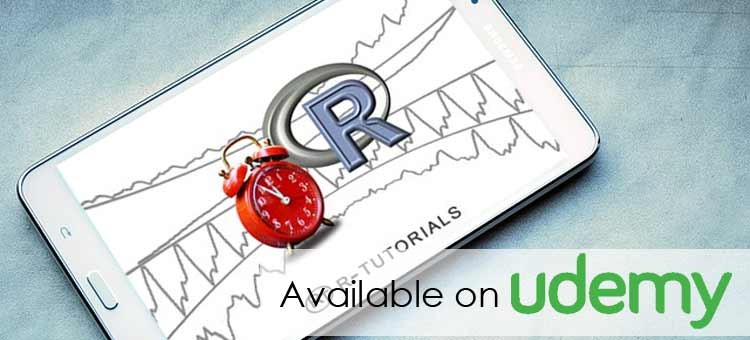Time Series Analysis and Forecasting in R
Time series analysis and forecasting is one of the key fields in statistical programming.
It allows you to
- see patterns in time series data
- model this data
- finally make forecasts based on those models
Due to modern technology the amount of available data grows substantially from day to day. Successful companies know that. They also know that decisions based on data gained in the past, and modeled for the future, can make a huge difference. Proper understanding and training in time series analysis and forecasting will give you the power to understand and create those models. This can make you an invaluable asset for your company/institution and can boost your career!
- What will you learn in this course and how is it structured?
You will learn about different ways in how you can handle date and time data in R. Things like time zones, leap years or different formats make calculations with dates and time especially tricky for the programmer. You will learn about POSIXt classes in R Base, the chron package and especially the lubridate package.
After that you will learn about statistical methods used for time series. You will hear about autocorrelation, stationarity and unit root tests.
Then you will see how different models work, how they are set up in R and how you can use them for forecasting. Of course all of this is accompanied with plenty of exercises.
- Where are those methods applied?
In nearly any quantitatively working field you will see those methods applied. Especially econometrics and finance love time series analysis. For example stock data has a time component which makes this sort of data a prime target for forecasting techniques. But of course also in academia, medicine, business or marketing techniques taught in this course are applied.
- Is it hard to understand and learn those methods?
Unfortunately learning material on Time Series Analysis Programming in R is quite technical and needs tons of prior knowledge to be understood.
With this course it is the goal to make understanding modeling and forecasting as intuitive and simple as possible for you.
While you need some knowledge in statistics and statistical programming, the course is meant for people without a major in a quantitative field like math or statistics. Basically anybody dealing with time data on a regular basis can benefit from this course.
- How do I prepare best to benefit from this course?
It depends on your prior knowledge. But as a rule of thumb you should know how to handle standard tasks in R (courses R Basics and R Level 1).
What are the requirements?
What am I going to get from this course?
- Over 28 lectures and 2.5 hours of content!
- use R to perform calculations with time and date based data
- create models for time series data
- use models for forecasting
- identify which models are suitable for a given dataset
- visualize time series data
- transform standard data into time series format
What is the target audience?
- this course is for people working with time series data
- this course is for people interested in the R statistical software
- this course is for people with beginner knowledge in both R programming and statistics
- this course is for people working in various fields like (and not limited to): academia, marketing, business, econometrics, finance, medicine, engineering and science




